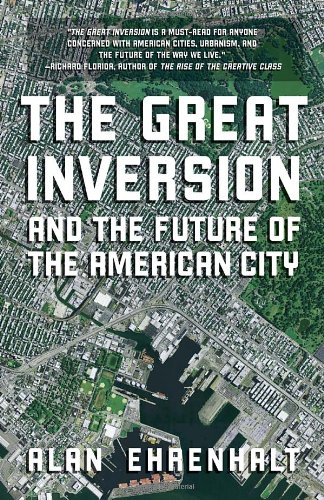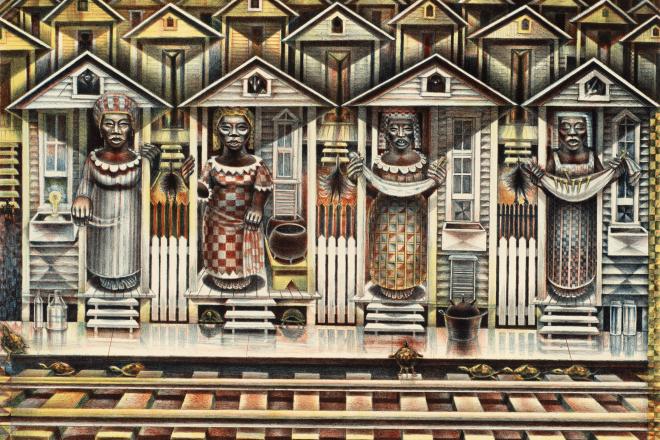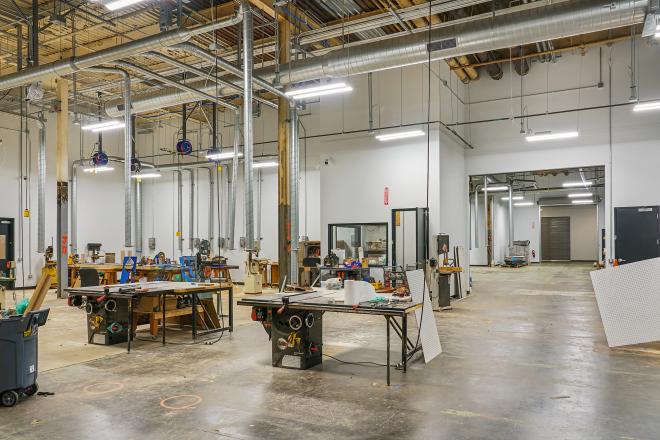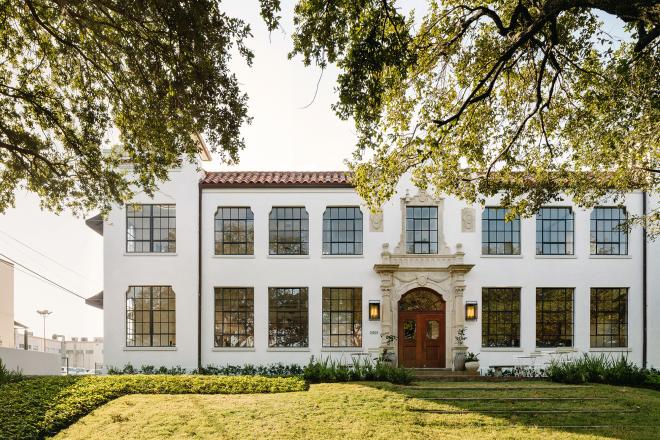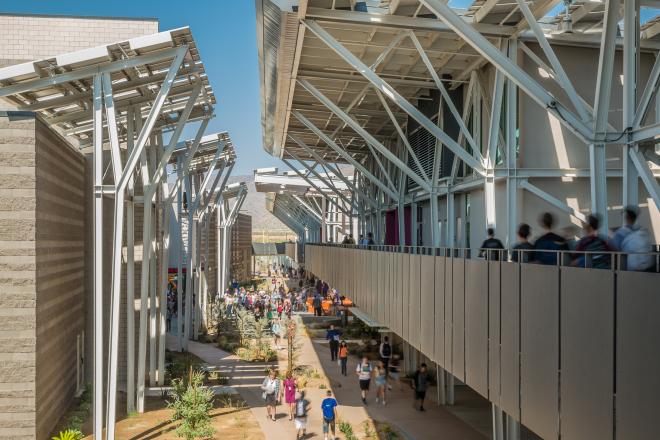Is car sharing reaching a tipping point in Houston and other cities in the U.S.? What is the effect of gentrification on low-income students? Is it possible to have stable, mixed-class neighborhoods?
These questions were among many more posed to or by Alan Ehrenhalt during a roundtable discussion hosted by Bill Fulton, Director of the Kinder Institute for Urban Research, at Rice University. Ehrenhalt is Senior Editor of Governing Magazine and author of The Great Inversion (read Terrence Doody’s book review from Cite 90), and came to Houston to speak at Central Houston’s annual luncheon. I participated in the discussion at Rice and summarize below some of the debates that most animated the participants.
The great inversion, according to Ehrenhalt, is the new preference many Americans have for living in the core of cities. Fulton opened the discussion by asking what challenges this creates for less affluent people pushed into suburbs with few amenities and governance structures that are not responsive to their needs.
Echoing the points he made in his interview for Cite 94, Albert Pope noted that cities have not produced gridded infrastructure since the 1950s. This limited supply is at the root of the displacement of whole communities as the great inversion increases land values and rent. This limited supply also means that the cul-de-sac will be transformed.
David Crossley of Houston Tomorrow disputed the assumption that the gridded infrastructure we have could not contain our entire population, though he acknowledged it was an unlikely future. Fulton returned Pope’s comment as a question: How do you urbanize a cul-de-sac?
Pope did not produce visualizations on the spot. Rather, he noted, “Even though [urbanizing the cul-de-sac] seems impossible, it is inevitable.”
I lived part-time with my parents on a cul-de-sac in Missouri City last year and I can imagine an urbanized cul-de-sac. Some houses, especially the garages and driveways, will become bodegas, bakeries, and bike repair shops along the lines of Charles Renfro's Open House and the Latino Urbanism described by James Rojas. Harkening back to Hilberseimer, I imagine a pedestrian path cutting through the bulb of that cul-de-sac to the adjacent utility corridor and a path along that corridor substantially reducing the walking distance to the main thoroughfare. I imagine infill development in the parking lots along that thoroughfare. Along the lines of what Kinder Baumgardner and Clark Martinson described in their talks for the Walk Houston Civic Forum, I imagine autonomous electric cars hired through services like Zipcar, Uber, and Lyft allowing me to reach commuter bus stops and the Sugar Land Town Square at a price lower than car ownership.
Fulton agreed that car sharing seems poised to bring about a sea change in many U.S. cities. He quipped, “I have more cars than I know what to do with, I just don't own any of them.” His discusses this more fully in his article "Insight: Having no car and plenty of cars" for California Planning and Development Report.
This discussion wound its way to a future in which multiple low-income families crowd into McMansions in the farthest suburbs where prices will be lowest as demographic changes, lifestyle preferences, and economic factors, like carbon taxes and high fuel prices, could continue to push the great inversion. There did not seem to be much faith at the roundtable in new inner city affordable housing as a way to create a future of mixed-class neighborhoods. However, architect and former City Council Member Peter Brown noted that an enormous experiment is taking place in the Fifth Ward with work-force housing being built in a fine-grained mix with market rate housing.
You can weigh in by leaving a comment or on Twitter using #KITalks.



